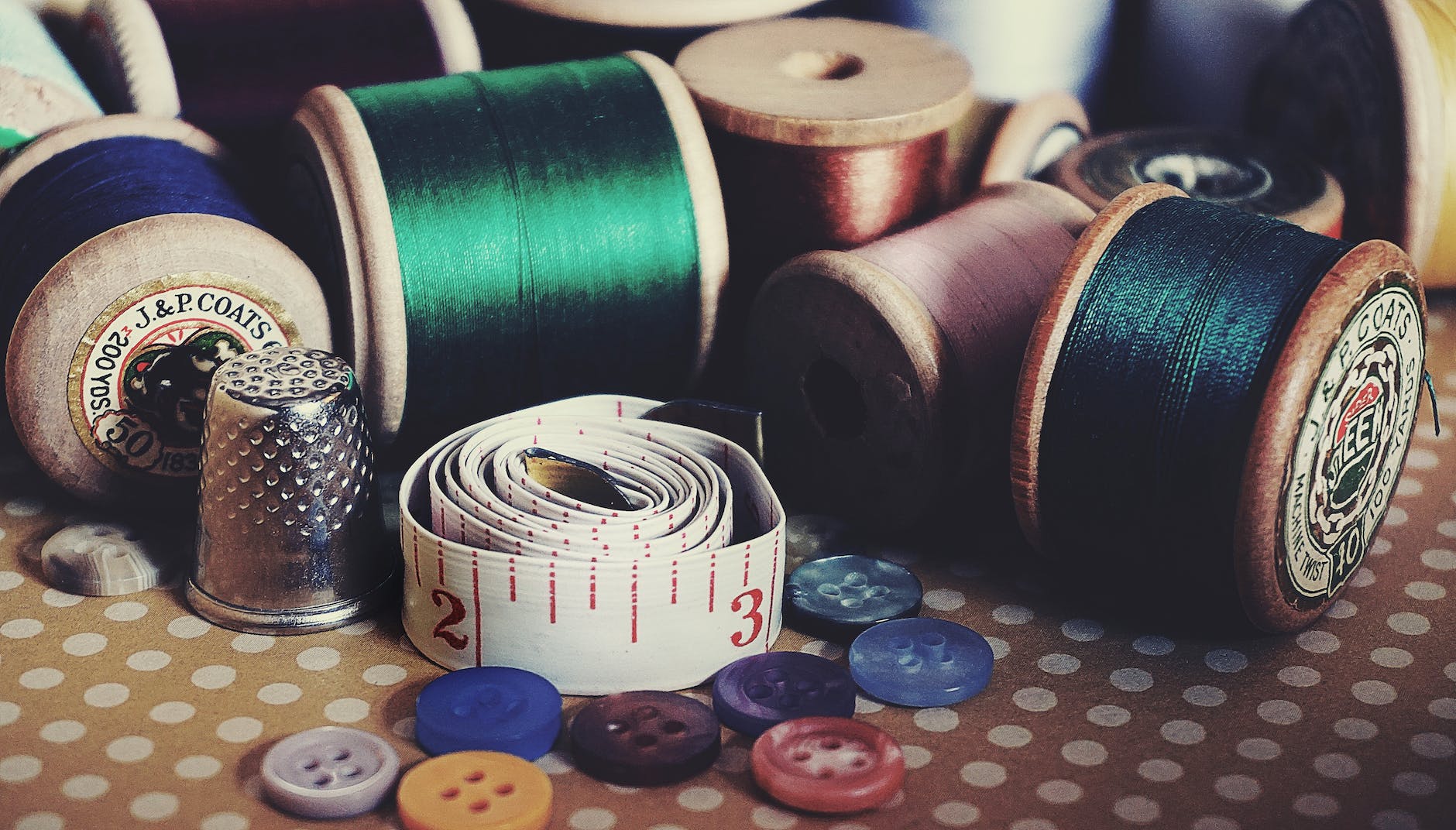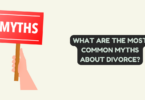
Embroidered Threads
Embroidery can add a much-needed personal touch to things we wear and own. And hand embroidery can be a relaxing way to wind down, and a fun hobby, too. The best part about it is you don’t need fancy equipment or supplies to do it. With a nice piece of fabric, an appropriate needle, and the right kind of thread, you’re good to go.
Working with different kinds of these tools can alter the entire process, but there’s one that stands out the most: the thread. There are many kinds of embroidery threads to use in this art form, and it’s always fun to experiment with ones you haven’t tried before. Learning more about them can help you better understand which thread to pick for your next piece of work.
That’s why today we’ll be talking about the different kinds of embroidery threads available, how they are used, and what effects they’ll create in your final product. So, let’s get started!
1. Embroidery Floss
This kind of thread is your go-to thread when it comes to embroidery projects. It’s also called stranded cotton because the skein is made up of 6 strands of thread. Depending on what outcome you want for the project you’re working on, you can thread the needle with all six strands, or you can separate the thread.
It’s commonly used in making embroidered iron on patches because of the extensive selection of colors, versatility in embroidery techniques, and low cost. Because of the thread’s longevity and ability to withstand repeated use, it is perfect for making long-lasting patches. Now, if you’re looking to get patches in bulk, you’ll find businesses like UltraPatches offering cost-effective options that don’t compromise quality.
2. Metallic Thread
If you’re looking to make your next embroidery project a little shiny and sparkly, think about using a metallic thread. These threads are created with their core thread wrapped in a lustrous metal coating like gold or silver – creating a cool, shimmery look that can level up your design.
But don’t get too eager just yet – working with this thread can take a lot of practice and patience. Their erratic nature may result in twisting and fraying. But don’t worry! To overcome this hurdle, use them sparingly or merge them with other threads, which allows you to tap into their power while remaining in control.
3. Pearl Cotton Thread
This is a finely spun thread that has an attractive luster. It’s made of mercerized cotton and has a shiny, smooth finish that brings an extra dash of sophistication to any embroidery work. Pearl cotton is a little bit thicker than embroidery floss and is made up of a single, entwined strand that looks like two strands tied together. It can be bought in a variety of thicknesses, each indicated by a numerical identification. Keep in mind that the greater the number, the lighter the material will be.
Additionally, pearl cotton is an appealing option to achieve textured effects that add dimension and depth to creations. This beautiful thread is also useful for cross stitching, Hardanger embroidery, and for tassels.
4. Rayon Thread
Want to make your embroidery more colorful? Rayon thread will make that happen for you. This thread has a glossy, smooth surface that plays with light, giving your embroidery an appealing sheen. Rayon thread is widely utilized for machine embroidery and ornamental stitching due to its vibrant shades and silk-like shine. But be ready for some difficulty when dealing with this thread. It is prone to knotting and tangling. Luckily, we’ve got some tricks to help with that. First, think about using shorter strands to avoid tangling issues when styling this glistening beauty.
5. Silk Thread
Although silk thread may be more expensive and harder to find than most, it’s a beautiful thread that provides an elegant finish. Its fine fibers make blending different colors a lot easier, and luckily, there are lots of colors to choose from.
Since it comes in many thicknesses, it can be useful in a wide range of techniques: satin stitches, French knots, and even intricate outlining, to name a few. Still, there are a few hurdles to face when dealing with silk threads. For example, its color tends to fade and may even start to bleed. To maintain their original appeal, lightly iron the backside of the embroidered work and observe as the silk thread reveals an amazing sheen.
6. Crewel Thread
Crewel thread is a fine, woolen thread that is two-ply in appearance. The material is as thick as two pieces of embroidery floss for each strand, which makes it great for designs that demand a bit of texture. Crewel yarn is the perfect partner when it comes to wool embroidery, tapestries work, needlepoint, or even cross-stitch. This adaptive thread, which comes in both natural wool and acrylic, may be twisted onto your needle to be utilized in the same way as other embroidery threads.
7. Linen Thread
Linen thread is a unique kind of embroidery thread that has been used for as long as anyone can remember. This thread, made from flax fibers, has a rough and organic appearance that provides an element of sincerity to your needlework projects. Linen thread, with its rich history and traditional appeal, is the go-to option for those looking to imitate ancient and customary embroidered styles.
Its flexibility radiates through techniques such as blackwork, where the contrast of dark strands and light cloth builds incredible patterns. Linen thread is a natural choice for whitework, which is known for its complicated and detailed patterns.
Conclusion
Now that you know the different kinds of embroidery threads and how to use them – it’s time to give it a shot! Understanding the use of various types of thread for embroidery will certainly enhance and elevate your crafting abilities. While each one will present its own set of problems, don’t worry; with commitment and practice, you’ll soon be able to navigate them easily.
Always keep in mind that every thread serves a purpose, and being able to weave them into your artwork effortlessly is bound to end in incredible creations. So, let your imagination run wild, play with different threads, and just see your embroidery transforms into a beautiful tapestry of textures, hues, and creativity.






